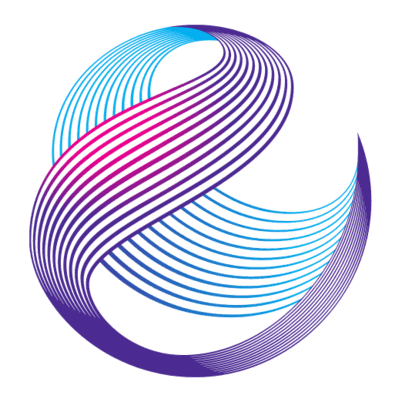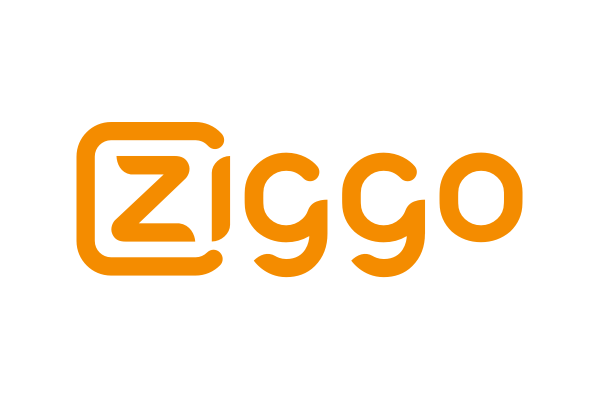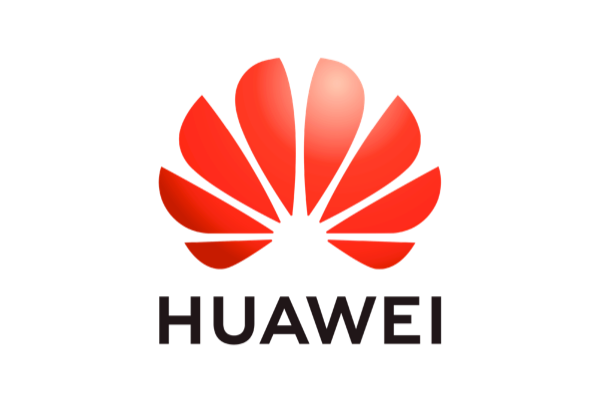Can you really reduce Cable Modem power usage by using the Energy Management feature?


With climate changes and possible blackouts in Belgium, saving energy is becoming ever more important. So how can the Cable world contribute? The future standard, DOCSIS 3.1, promises advanced energy saving features using DOCSIS Light Sleep (DLS) mode. No need to wait though, the current specification (DOCSIS 3.0) already provides a mechanism to reduce cable modem power usage: Energy Management 1×1. Let’s take a closer look.
What is it?
In DOCSIS 3.0, cable modems use multiple channels to send and receive traffic at higher speeds (bonding). This means that multiple transmitters and receivers are active all the time at the cable modem.
Most of the time, one transmit and receive channel is sufficient to cope with the traffic at that moment. The other transmitters and receivers could be switched off (saving energy) without the customer noticing. When more traffic needs to be sent or received, we could switch on the other transmitters and/or receivers.
This is exactly what the Energy Management 1×1 feature does.
How can I activate it?
So how does it work? It’s actually pretty easy:
- Your headend (CMTS) and modem (CM) need to support the feature (it was added in 2012 to the specification with additional guidelines) .
- Activate it on the CMTS through CLI or by setting a MIB value: docsIf3MdCfgEnergyMgt1x1Enabled .
- Activate it on the CM by adding a piece of information to the modem’s config file (Energy Management TLV).
How can I configure it?
The actual configuration of the Energy Management feature is done in the Cable Modem config file.
Here’s an example of such an Energy Management TLV (TLV 74):
Energy Management Parameter Encoding
Energy Management Feature Control:enabled
1x1 Mode Encodings
Downstream Activity Detection Parameters
Downstream Entry Bitrate Threshold:1500000
Downstream Entry Time Threshold:300
Downstream Exit Bitrate Threshold:2000000
Downstream Exit Time Threshold:2
Upstream Activity Detection Parameters
Upstream Entry Bitrate Threshold:500000
Upstream Entry Time Threshold:300
Upstream Exit Bitrate Threshold:1000000
Upstream Exit Time Threshold:2
Energy Management Cycle Period:900
For this example:
- The modem enters 1×1 mode when downstream rate was below 1,5 Mbps AND the upstream rate was below 0,5 Mbps for at least 300 seconds and the last time the modem entered 1×1 mode is at least 900 seconds ago (Cycle Period).
- The modem exits 1×1 mode if the downstream rate was above 2 Mbps OR the upstream rate was above 1 Mbps for at least 2 seconds.
You can use our freely available DOCSIS config file editor to create the necessary config files.
Why would I not use it?
If it’s easy to use and saves energy, why would you not use Energy Management?
Here’s a couple of reasons:
- If exiting 1×1 mode goes wrong, the CM can get stuck in 1×1 mode.
- Even with short exit times (minimum is 1 second), the influence on internet speeds will be noticeable in various speed tests.
- Monitoring applications might think the CM has gone into partial service mode, so they need to be made Energy Management aware.
How much energy can I save?
But most importantly, how much energy can we actually save?
We’ve put a number of units to the test. The actual power savings were less than 0.5 W. At best. For some units there was not even a noticeable difference. In idle mode (no traffic) or when sending a lot of traffic (exiting 1×1 mode) there was no difference at all.
The results on your modems might be different, so make sure to test it out yourself!
Bottom line
While easy to implement, the actual energy savings in 1×1 mode on the units we tested were disappointing and hardly justify the risks. Hopefully DOCSIS 3.1 Light Sleep mode will prove to be a better alternative.
























